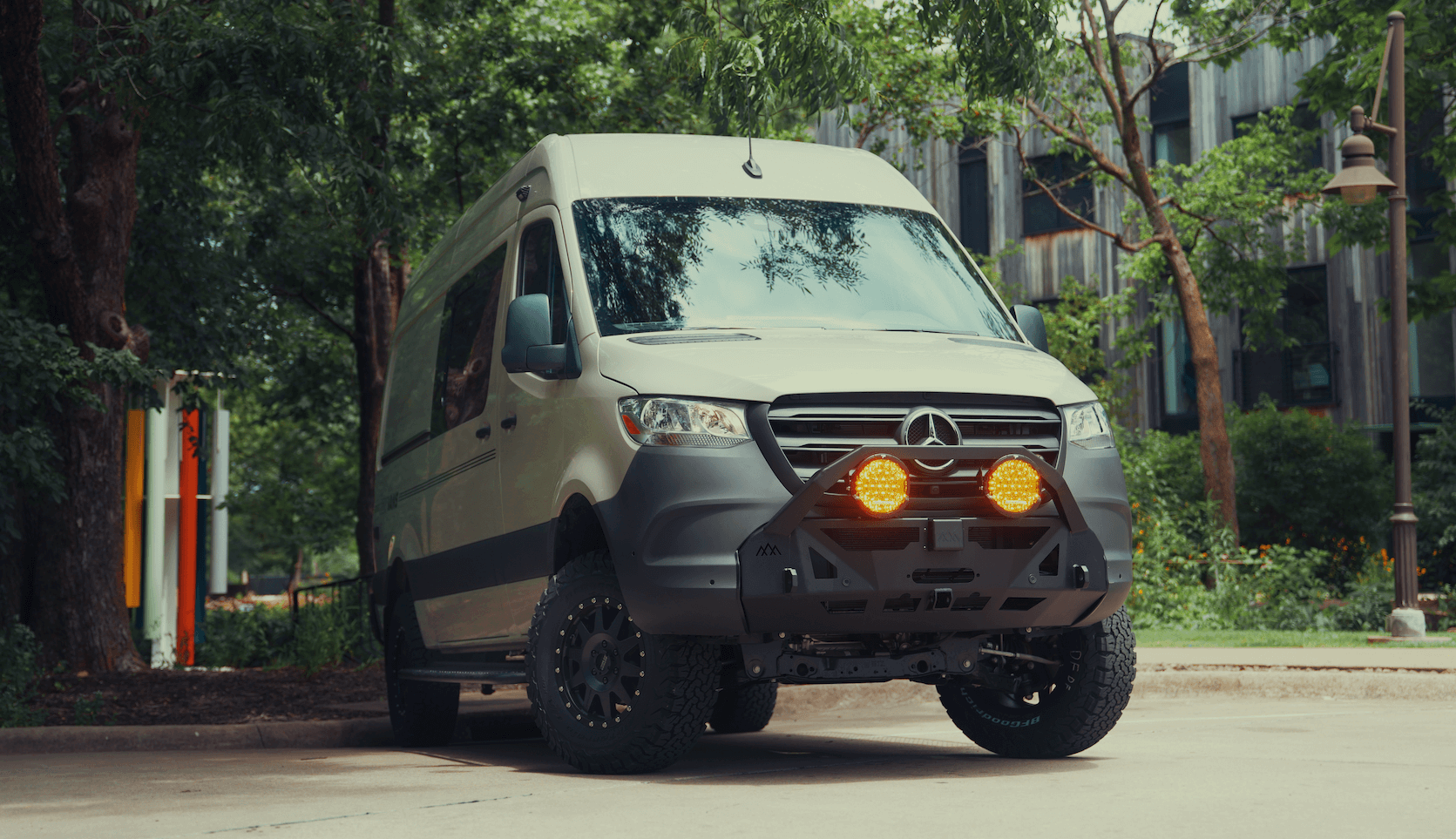Recreational Vans

Starting cold buys time. A warm cooler eats ice fast because the plastic walls and insulation must be brought down to temp. The day before your trip, load the empty cooler with sacrificial ice or frozen gallon jugs to prechill the shell. Do the same with food and drinks in your home fridge or freezer so the cooler is not working as a blast chiller.
Choose block ice for staying power. Blocks melt slower because they have less surface area than loose cubes. Use a base layer of block ice for a stable cold mass, then top off with cubes to fill voids and quick chill the items you will reach for first. Frozen water bottles double as ice and safe drinking water later.
Keep the lid gasket clean and seated. A gritty or bent seal leaks warmth. If your cooler has a drain, close it while prechilling so cold air does not spill out. When you load for departure, work quickly in a shaded spot and close the lid between steps to limit heat ingress.
Air is the enemy. Warm pockets accelerate thaw, so pack tight and eliminate voids. Start with a cold liner or towel, then lay the block ice on the bottom. Add heavier, already cold items next, then lighter and fragile goods on top. Use small bags of cubes to fill gaps along the sides and around corners.
Separate high traffic items. Every lid opening dumps a wave of warm air. Make a snack box or day cooler so your main ice chest stays closed. If you only have one, stage common grabs like drinks on top near the hinge side to shorten openings. Consider labeling layers so you can find items without digging.
Manage meltwater wisely. Cold meltwater can help cool surfaces by conduction, but once it warms it accelerates melt by bathing ice in liquid above freezing. If the water feels cool and the ice is plentiful, leave it a bit longer. If it feels tepid, drain and add a small cube refill to restore contact cooling. Towel dry the interior walls quickly and close the lid.
Sun and airflow matter. Park your cooler in shade, off hot concrete, and away from dark metal that radiates heat. A reflective cover, light towel, or foam pad helps block radiant load. Elevate the cooler slightly to allow air to circulate underneath, especially on decked truck beds or van floors that hold heat.
Insulate beyond the lid. A folded blanket over the top reduces lid losses, which are common because hinges and latches are small thermal bridges. If your trip is windy and dusty, keep vents and drains clean since debris can compromise seals. Avoid constant sloshing in transit; use tie downs to keep the cooler stable and prevent micro openings at the gasket.
Mind the ice source. Colder ice lasts longer, and freezer setpoints vary. A deep freeze at or below zero gives a head start compared to a refrigerator freezer close to 20. For multi day trips, prefreeze water in dense containers like milk jugs or bread pans to create custom blocks that nest your cooler’s footprint.
Dry ice can extend runtime but handle with care. Use gloves, wrap it in paper to slow sublimation, and place it on top because cold sinks. Vent the cooler periodically to prevent pressure build. Never use dry ice in a sealed vehicle or tent without ventilation.
In practice, these ice retention tips add up. Prechilling lowers the starting line, a dense cold mass sets the pace, tight packing prevents warm eddies, and smart placement reduces heat soak. Even on hot days, these habits can stretch ice from a single afternoon into a long weekend.
Whether you are chasing trailheads or coastline campgrounds, the best cooler is the one you operate well. Plan your layers, minimize openings, and control the environment around the cooler. The result is simple: colder food, safer storage, and less ice spend.
For travelers who are moving toward longer off grid stays, cold storage becomes more than convenience. That is where integrated refrigeration and organized galley space change the experience.
Explore how a purpose built van can simplify food planning and cold storage on multi day trips:
Cold meals and iced drinks should be a given, not a gamble. If you want a rig that treats cooling like a system, not an afterthought, we can design ventilation, power, and storage that keeps perishables solid through the final mile. Share your timeline and must haves, and our team will map a build path that fits your travel style.
What we do
We deliver from Fayetteville, Arkansas, and host handoffs at our Adventure Point lounge so you roll out fully dialed.
Ready for cold drinks on day three instead of day one? Tell us how you travel, and we will design a build with climate control, efficient refrigeration, and storage that makes ice management easy. Share your trip goals in the form and get a tailored plan plus timeline and budget from OZK Customs.
ADDRESS:
6159 E Huntsville Rd, Fayetteville, AR 72701
PHONE:
(479) 326-9200
EMAIL:
info@ozkvans.com